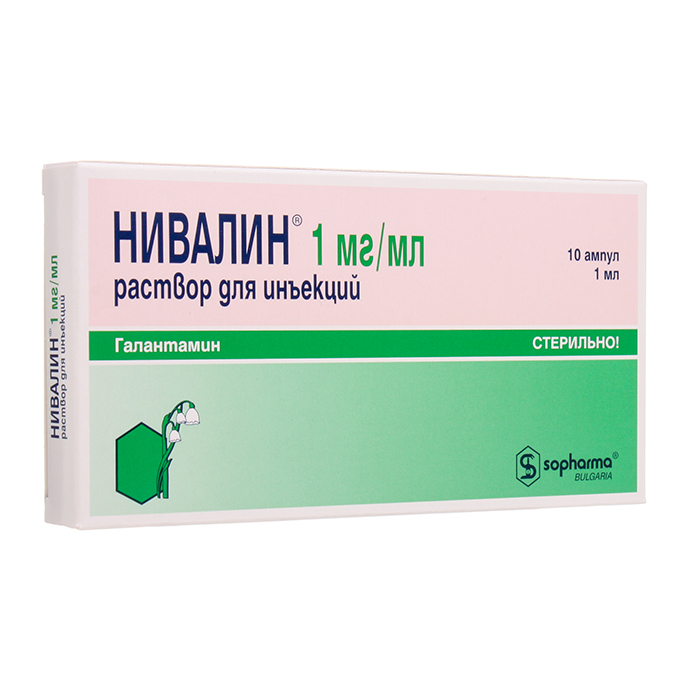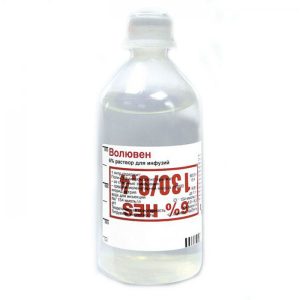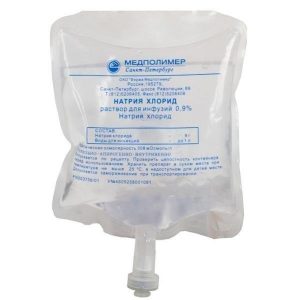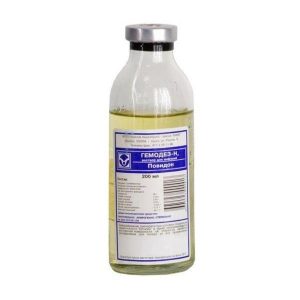Description
Release form
Injection
Packing
10 ampoules of 1 ml.
Pharmacological action of
Nivalin is a selective, competitive and reversible acetylcholinesterase inhibitor.
Reversible anticholinesterase.
Facilitates the conduction of nerve impulses in the area of neuromuscular synapses, enhances the excitation processes in the reflex zones of the spinal cord and brain, and penetrates well through the BBB.
Increases tone and stimulates the reduction of smooth and skeletal muscles, the secretion of digestive and sweat glands, restores neuromuscular conduction blocked by curariform drugs of a non-depolarizing type. It causes miosis, a spasm of accommodation, reduces intraocular pressure with angle-closure glaucoma.
Pharmacokinetics
After subcutaneous administration, galantamine is rapidly absorbed. The therapeutic plasma concentration is reached within 30 minutes.
No statistically significant difference was found in the area under the concentration-time (AUC) curve after a single dose of 10 mg administered orally and parenterally.
Cmax in blood plasma after a single dose of 10 mg, administered orally and parenterally, is 1.2 mg / ml and is reached within 2 hours. Excretion time – 5 hours.
The half-life of galantamine is 10 minutes, which is longer in comparison with the half-life of neostigmine and pyridostigmine (5 and 6.6 minutes, respectively). T1 / 2 is also longer. Galantamine weakly binds to plasma proteins. It penetrates well through the BBB and is found in brain tissue.
Metabolized by demethylation (5 6%). Galantamine metabolites – epigalantamine and galantaminone – are found in plasma and urine.
It is excreted mainly by glomerular filtration. A small amount is excreted with bile (0.2 ± 0.1)% / 24 h. Galantamine unchanged and its metabolites (galantaminone, epigalantamine) are 89% excreted in the urine after subcutaneous administration.
It was established that the renal clearance of galantamine is about 100 ml / min. With renal failure, clearance decreases.
Indications
In neurology: traumatic injuries of the nervous system
cerebral palsy
spinal cord disease (myelitis, poliomyelitis, polio tick-borne encephalitis)
mononeuritis
polyneuritis
polyneuropathy srdlkrédiropenosis srdlkrédirp syndrome srdlkrédirp syndrome srdlkrédirp syndrome
In anesthesiology and surgery: as an antagonist of non-depolarizing muscle relaxants and for the treatment of postoperative atony of the intestine and bladder.
In physiotherapy: in the form of iontophoresis in diseases of the peripheral nervous system.
In toxicology: intoxication with anticholinergic drugs, morphine and its analogues.
In radiology: to improve the quality of the functional diagnosis of the digestive system, including and gall bladder.
Contraindications
– bronchial asthma
– bradycardia
– AV block
– angina pectoris
– chronic heart failure in the stage of decompensation
– epilepsy mild cases – mild cases of liver – severe renal failure
– children under 1 year of age
– pregnancy
– lactation period
– hypersensitivity to the components of the drug.
With caution, the drug is prescribed for renal failure, impaired urination, recently undergone surgery on the prostate gland, with surgical interventions using general anesthesia.
To improve the quality of x-ray studies, the drug is not used in children.
Special instructions
During the treatment period, you must refrain from driving or working with complex mechanisms, as the drug may cause visual impairment, dizziness, and drowsiness.
Composition
1 ml of the solution contains: active substance: galantamine hydrobromide 1 mg
excipients: sodium chloride water for injection
Dosage and administration
The drug is administered s / c, v / m, v / v. The dose and duration of the course of therapy are set individually, depending on the severity of the symptoms of the disease and the individual response of the patient. At the beginning of treatment, the drug is prescribed in a minimum dose, then it is gradually increased. For adults, the maximum single dose for sc administration is 10 mg, the maximum daily dose is 20 mg.
The duration of treatment depends on the characteristics and severity of the disease and averages 40-60 days. The course of therapy can be repeated 2-3 times at intervals of 1-2 months.
The drug is administered 1 time / day. When using Nivalin in high doses, the daily dose can be divided into 2-3 injections.
Adults, as an antagonist of non-depolarizing muscle relaxants, Nivalin, are administered iv in a daily dose of 10-20 mg.
When conducting x-ray studies, the drug is administered to adults IM in a dose of 1-5 mg.
For diseases of the peripheral nervous system and for the treatment of nighttime urinary incontinence in children, the drug is administered as iontophoresis in a dose of 1-2 ml of a 0.25% solution.
Side effects of the
From the digestive system: often – nausea, vomiting, cramping abdominal pain, diarrhea, increased salivation, anorexia rarely – intestinal colic.
From the side of the central nervous system: often – fatigue, dizziness, headache, drowsiness rarely – insomnia, visual impairment (accommodation spasm).
Other: increased sweating rarely – rhinitis, bradycardia, urinary tract infection, bronchospasm, renal colic.
Drug interaction
Nivalin, while used, reduces the inhibitory effect of morphine and its analogues on the respiratory center.
With the simultaneous use of Nivalin with m-anticholinergics (atropine), ganglion blockers (hexamethonium, azamethonium bromide, pachycarpin), non-depolarizing muscle relaxants (tubocurarine), quinine and procainamide, a mutual decrease in action occurs.
Aminoglycoside antibiotics (gentamicin, amikacin) may reduce the therapeutic effect of nivalin.
With simultaneous use, enhances the action of depolarizing muscle relaxants.
With concomitant use, cimetidine may increase the bioavailability of galantamine.
CYP2D6 and CYP3D4 are enzymes involved in galantamine metabolism. Quinidine, paroxetine, fluoxetine are inhibitors of the CYP2D6 isoenzyme, and drugs ketoconazole, zidovudine, erythromycin are CYP3D4 isoenzyme, so they can affect the metabolism of galantamine, which can lead to an increase in its concentration in blood serum.
Overdose
Symptoms: nausea, vomiting, cramping, diarrhea, decreased blood pressure, bradycardia, bronchospasm in severe cases – convulsions, coma.
Treatment: conduct symptomatic therapy, control the function of the respiratory and cardiovascular systems. As an antidote – in / in the administration of atropine in a dose of 0.5-1 mg in / in a dose can be re-entered depending on the clinical picture.
Storage Conditions
The product should be stored in a dry, dark place at a temperature not exceeding 25 ° C.
Term hodnosty
5 years
active substance
galantamine
Conditions of release from drugstores
Prescription
Dosage form
solution for injection




